A Sense of Wonder
BY MAKENNA JORDAN | April 11, 2018
I wonder how a log can split
Yet it’s heart stays formed
If one lit
Ablaze the forest
A penalty to be sure
I wonder how the fish stay alive
Through all these rapids
And I wonder, oh how I wonder
How does our ecosystem happen?
Sylvia, 5th grade
I began my year of service as Conservation Educator with the Columbia Gorge Ecology Institute amidst a backdrop of devastation: plans were announced to start phasing out DACA, while 50,000 acres of fragile forestland went up in flames in our nearby Columbia River Gorge. Smoke and a fear of deportation kept outdoor enthusiasts and farmworkers indoors. I wondered about the future of our environment, and the future of the students I had come to teach.
Thankfully the fire was quelled and my hopelessness lifted as I immersed myself in the mission of my organization, which emphasizes sense of wonder as part of our connection to the natural world. I have come to realize how profoundly these three words can shape the way we understand and teach ecology and the way we understand and teach each other.
On field trips, I guide 5th-grade students along meandering conifer forest trails at the base of Mt. Hood and remember the magic I used to feel at that age. Together, we inspect tiny patches of mushrooms growing in the jigsaw crevasses of a Cedar tree, and crush fir needles between our fingers: first smelling, then tasting their citrusy pith. Sometimes, we just sit with the river, listening to the rush of glacial water as gravity carries it towards the Pacific Ocean. The goal is not to explain or instruct, but to feel.

Fifth grade students gather beneath an opening in the canopy layer to observe relationships between forest organisms.
In the classroom, we teach a lesson centered on Relationships: “Everything is connected. Nothing lives alone.” In the natural world, diversity spins everything into a web of interdependence. I wonder how this idea transcends the field of ecology, reaching into the messy human systems that are equally important to my service experience. Humans come to know the world around us through what we can analyze and define—understanding is cerebral, not felt. With this standard of comprehension, it is no wonder we are such a twisted mess of complications. We weave tangled hierarchies, create unnatural power structures, and reduce life to numbers: 50,000 acres – 3.6 million DREAMers. How do we connect to our humanity? How do we connect to each other and the systems we inhabit?
The Eagle Creek fire that engulfed the Columbia River Gorge this summer was ignited by a 15-year-old boy playing with fireworks, but the real culprit was decades of fire-suppression and unusually hot summers. Fires are vital to the health of any forest ecosystem, but we have disrupted the natural balance that exists and caused unnecessary suffering. Now more than ever, we need to remember that we are part of the natural world. “Everything is connected. Nothing lives alone.” While it is important to teach science, it is perhaps even more important to facilitate activities that lead to a felt understanding of our relationships with life and land. The natural world does not rely on names, definitions, or hierarchies—it needs only a diverse body of life. Our programs are helping students learn how to value diversity in the natural world, as well as diversity in their own community.
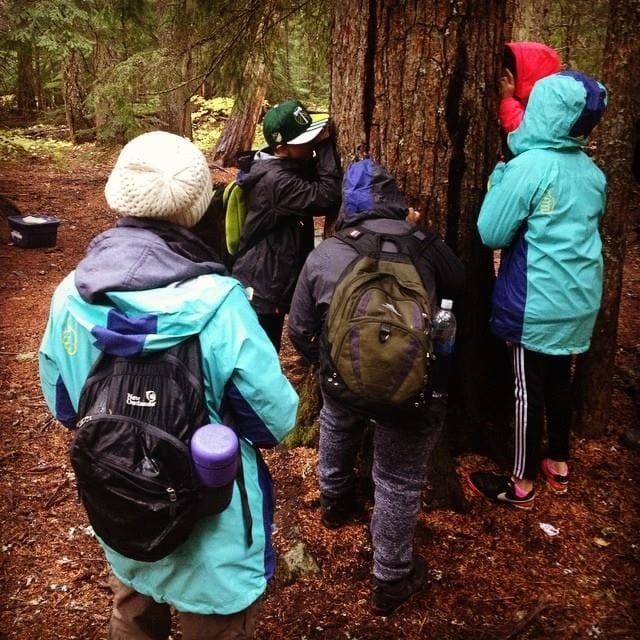
At the “Solar Treasure” station, students uncover the secrets of their forest ecosystem using all five senses.
The largest tree on one of our field trip trails is a Western Red Cedar. I learned the sacred value of the cedar during my first year as a Jesuit Volunteer, serving with Indigenous youth in South-Eastern Montana. Cedar is the life-giving heart of the forest—birds find shelter in the uppermost layers of its canopy, and invertebrates hide in the deep rich soil between its roots. I guide my students to the base of its trunk and they gather around it, inspecting the ruddy bark with handheld loupes. When they finish investigating, I challenge them to see how many 5th graders it will take to complete a circle around the tree. They embrace the tree, hands-locked together, and I imagine seeds of justice taking root in the fertile earth between their feet. I now understand that environmental education is not about knowledge; it is about facilitating a sense of wonder—a connection to the earth and to each other that takes us outside of ourselves—reminding us that our very existence depends on a primordial web of mutuality.
Makenna Jordan was a 2017-2018 volunteer with Jesuit Volunteer Corps Northwest, serving as the Conservation Educator at Columbia Gorge Ecology Institute. She served as a JV from 2016-2017 at St. Labre Indian School in Ashland, MT. She graduated from Gonzaga University and is from Spokane, WA.

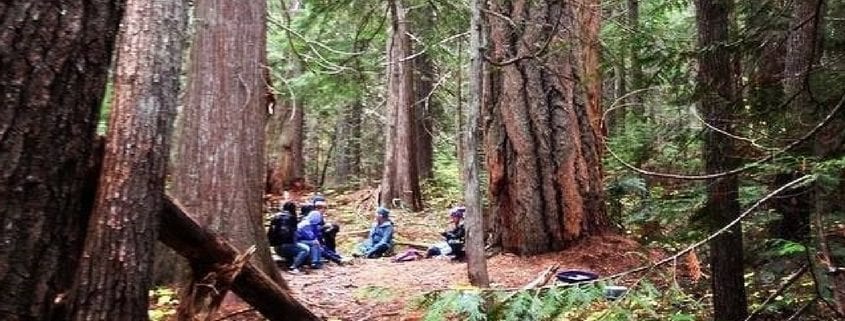


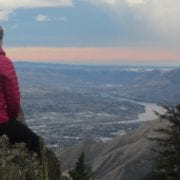

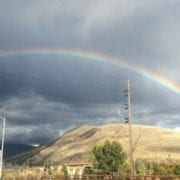
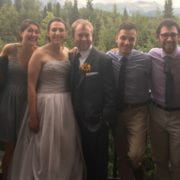


A lovely meditation. Thank you.
This is beautiful, Makenna! You’ve grown to be such an amazing and inspiring individual, and I’m so thankful to have someone like you to look up to. The work you’ve done to protect both our youth and our environment is truly incredible, and I hope it continues in the many years to come. Keep up the amazing work, sister, I love you!
Thanks little brother! I look up to you as well and love you so much! 🙂
Awesome Makenna!
You have bloomed into a beautiful woman!
Keep up all the good works!!
Makenna, Thanks for such a well written reflection on building and maintaining a sense of wonder. Oh how I miss the smell of the forests and the feel of the hot sun in the shrub-steppe.
I hope that you are enjoying your time as a JV at CGEI. Say hello to the Gorge for me!
Peace,
Lynsey
FJV, Bethel, AK 2013-2014 & Hood River, OR 2014-2015 (at CGEI)
Very beautiful and inspiring! ?☘️
We are all connected – humans and nonhumans cooperate in the well-being of the Planet.
Makenna continues to serve the natural and human community of the Gorge with distinction, passion and joy!
Makenna continues to serve the natural and human communities of the Gorge with distinction, passion and joy!